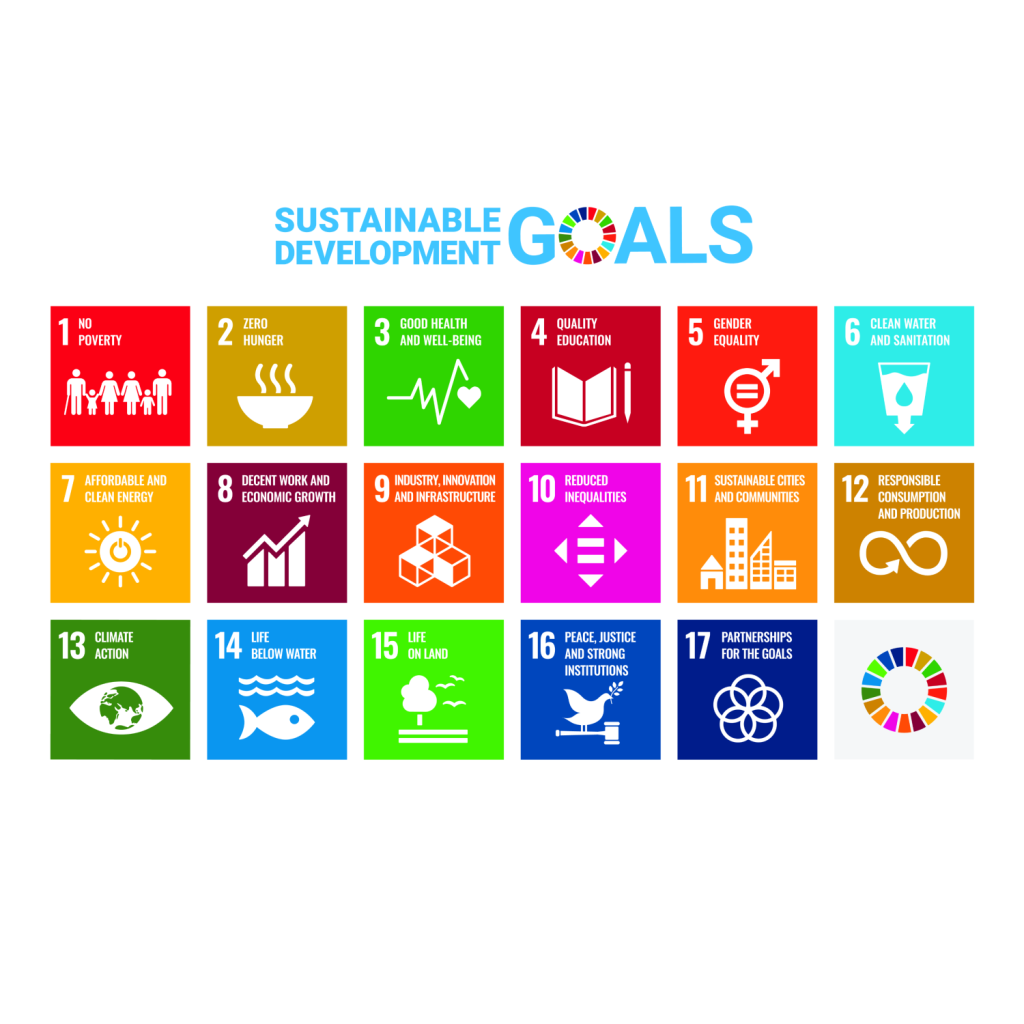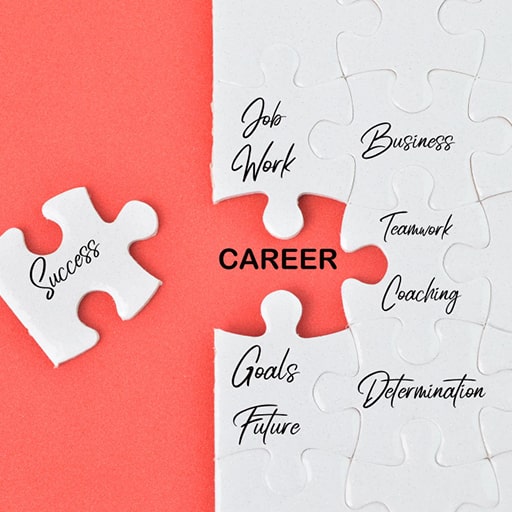In a recent conversation, a close friend spoke about her previous boss, who told her not to laugh in office as being happy meant that she is not working hard enough. A few months later, she left the company to start her own business.
There are only three measurements that tell you nearly everything you need to know about your organisation’s overall performance: employee engagement, customer satisfaction, and cash flow. No company, small or large, can win over the long run without energised employees, who believe in the mission and understand how to achieve it, says Jack Welch the former CEO of GE. He was heralded by many as the most outstanding leader of his era.
Unfortunately, investments on human capital, employee engagement and building company culture are reported as expenses on the financial statements. Rick chronicles in his bestselling book, The End of Loyalty: The Rise and Fall of Good Jobs in America, talks about the erosion of the relationship between four American companies (Kodak, GE, GM and Coca-Cola) and their workers. ‘There should be no doubt that investing in your people by providing job security, good pay, strong benefits, training and development, and opportunities for advancement, will help improve a company’s bottom line. Nevertheless, like any investment, it takes time to realise a payoff. A more expedient way to boost the bottom line is to cut costs. Unfortunately, because of pressures from Wall Street and how CEOs are compensated, all too many companies have chosen to try to increase profits and push their share price higher through the latter formula. They see their employees not as assets to be invested in but, rather, as expenses ready for reduction. This works in the short term, perhaps. However, it is counterproductive, and even destructive, in the long term.’
The belief that sustainable people practices are adopted in place of reduced profitability demand reverse thinking, what if the sustainable approach is an opportunity to transform the business with greater returns and better stakeholder value. Below narratives will give you a quick glimpse of how some of the largest brands in the world, gained long term success by putting their people at the forefront of their strategy.
World’s largest tea company.
When Unilever started the ‘sustainable tea initiative’, it focused on gender equality, women’s safety and Improved Nutrition for Everyone in tea communities. Under the program ‘Better wages, Better livelihood’ 50,000 tea workers on plantations in Malawi got 18% more wages than the country’s agricultural minimum daily wage.
23rd June 2020, Unilever announced its results for the first half of 2020, CEO Alan Jope said, ‘Performance during the first half has shown the true strength of Unilever. From the start of the Covid-19 crisis, we have been guided by clear priorities in line with our multi-stakeholder business model to protect our people, safeguard supply, respond to new patterns of consumer demand, preserve cash and support our communities.’
As the world’s largest tea company, Unilever believed that tea could create better lives – for tea workers, smallholder tea farmers and tea drinkers. They wanted to lead the way in ensuring tea keeps building communities, improving people’s livelihoods, and respecting the environment.
Profit is the by-product of stakeholder value.
Michael Marks, the Chairman of Marks and Spencer in the 1930s, enforced his top management to take rounds in the stores to ensure that the workers and customers were well treated. During one of his such visits, he witnessed that a female worker fainted in the store. He inquired about it and found out that her husband had lost his job, and to feed her husband and their children she was starving. Mr Marks then decided to provide nutritious meals to all his employees at a subsidised rate. Most of the leaders, I know today will not get their mathematical equation right with this decision, however, what Michael Marks and like-minded purpose-driven leaders know and can foresee is the direct correlation between a well-treated employee and a loyal customer. Profit is the by-product of the integration of stakeholder value. When your business has a bigger vision, when your employees are well taken care of and when your products transform people’s lives, profits flow automatically.
Medicine is for the people, not for profits.
An exciting reference of George Merck, (President of Merk in 1925, an American pharma company) to the Three Princes of Serendip who went out looking for treasure? They did not find what they were looking for, but they kept finding things just as valuable. That is serendipity, and our business is full of it. He said we should never forget that medicine is for the people, not for profits. The profits follow, and if we remember that, they have never failed to appear. Merk employs 57,000 people from 137 different countries. Women hold 33% of the roles in their leadership team.
Double wages.
Costco pays its workers 20 dollars an hour that’s nearly double the national average. The conventional view is that money spent on your employees is money taken from your shareholders; after all, second law of thermodynamics deals with the direction taken by spontaneous processes supports that money has to move from one direction to another. So the solution is to pay your workers as less as possible.
Costco’s former CFO Richard Galati said paying better salaries, giving better benefits and providing better environment means we will be able to hire better people, they will stay longer and commit to giving their best and this is more efficient for my business.
The business case for sustaining talent.
Caring about your employees is not at the expense of profit. Investors are investing money in stocks of companies considering critical dimensions like culture, customer loyalty, innovative thinking, responsible and ethical business, and this is not captured in any financial statement.
The concept of sustainable development works on the Triple Bottom Line. Sustainable companies are not only about CSR and philanthropy; they must start with treating their employees well, developing them and creating a better life for them and their families.
Triple bottom Line (TBL) helps companies to commit to people, communities, and environmental concerns just as they do on profits. Hence it’s time for leaders to articulate how the firm creates value for all stakeholders, not just shareholders, and accept that profit is the outcome of this value creation. G&A Institute research determines that 9 out of 10 companies (90%) in the S&P 500 were publishing a sustainability report. This consistent volume of corporate reporting underscores the importance and staying power of sustainable practices and its reporting.
When people are financially invested, they want a return. When people are emotionally invested, they want to contribute.’ – says Simon Sinek, author of ‘Start With Why’. Creating Triple bottom line performance indicators when setting corporate strategies, and treating talent as profit driver is among one of the first steps towards creating a sustainable and successful business which attracts people to work with them, buy from them and invest in them.
Reference: Please refer to ‘Examples of Triple Bottom Line KPIs- PEOPLE’ to find a list of business-critical people KPIs that will drive engagement and deliver sustainable results. ‘PEOPLE’ KPIs are classified under the areas of Health and Safety, Organisational Development and Life Quality & Diversity.





